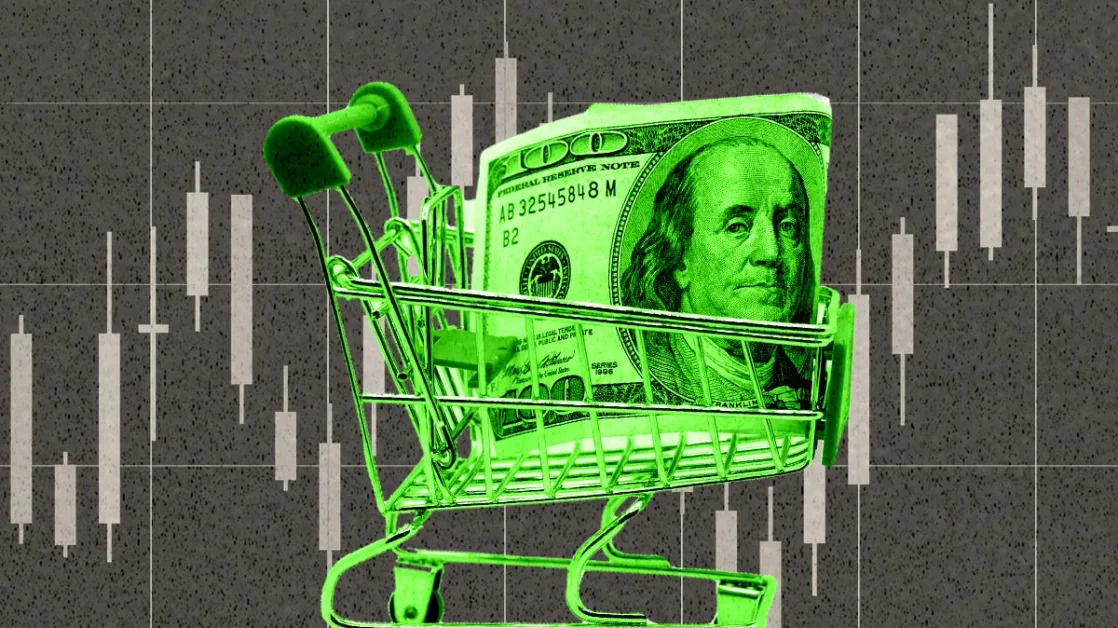(Bloomberg) -- Mexico’s headline inflation slowed more than expected in early September, giving Banco de Mexico room to cut borrowing costs for a second straight month at this week’s interest rate meeting.
Official data published Tuesday showed consumer prices rose 4.66% in the first two weeks of the month from the same period a year earlier, just below the 4.71% median estimate of economists surveyed by Bloomberg. The print was under the 4.83% reading in the previous two-week period.
The closely-watched core inflation metric, which excludes volatile items such as food and fuel, slowed to 3.95% from 4.01% in the prior reading, roughly in line with the 3.96% median estimate. The central bank targets inflation at 3%, plus or minus one percentage point.
Last month, Banxico, as the central bank is known, lowered its benchmark interest rate by 25 basis points, reducing borrowing costs to 10.75% in a split decision. An overall slowdown in Latin America’s second biggest economy has analysts and investors pricing in additional cuts, but they are divided on just how low policymakers are willing to go.
With Tuesday’s consumer-price cool down, “the probability that Banco de Mexico will cut its interest rate this Thursday increases,” Gabriela Siller, head of economic research at Grupo Financiero Base, wrote on X.
The larger-than-expected inflation decline was driven by a 1.54% drop in the price of fruits and vegetables, with costs of staple goods such as avocados, tomatoes and oranges all tumbling from the prior two-week period.
But consumer-price growth was pressured by a higher education costs, which increased 2.65% in the period as university fees became more expensive, the statistics agency said.
Cut Size
While some analysts are betting that Banxico could mirror the US Federal Reserve’s decision last week to lower its benchmark rate by 50 basis points, many were quick to highlight that Mexico’s core inflation remains well above target. That factor, together with a tight labor market and political risks at home and abroad, makes a quarter-point cut more likely, according to Carlos Capistran, chief economist for Canada and Mexico at Bank of America Securities.
“Uncertainty remains high in Mexico given the reform process and the incoming US election,” he said.
Mexican President Andres Manuel Lopez Obrador’s plan to have judges elected by popular vote was approved in Congress this month, sparking a bout of peso volatility that could heighten caution among Banxico policymakers.
The peso has remained above 19 per dollar since late August.
The Fed’s reduction was its first cut in four years and US policymakers have left the door open to further adjustments. But Mexican markets are skittish ahead of the Nov. 5 US presidential vote, and a bitter electoral contest has contributed to swings in the peso.
--With assistance from Rafael Gayol.
(Updates with inflation details starting in sixth paragraph)





